Curator Thyago Nogueira spent three years working with Moriyama on The Photographers’ Gallery retrospective
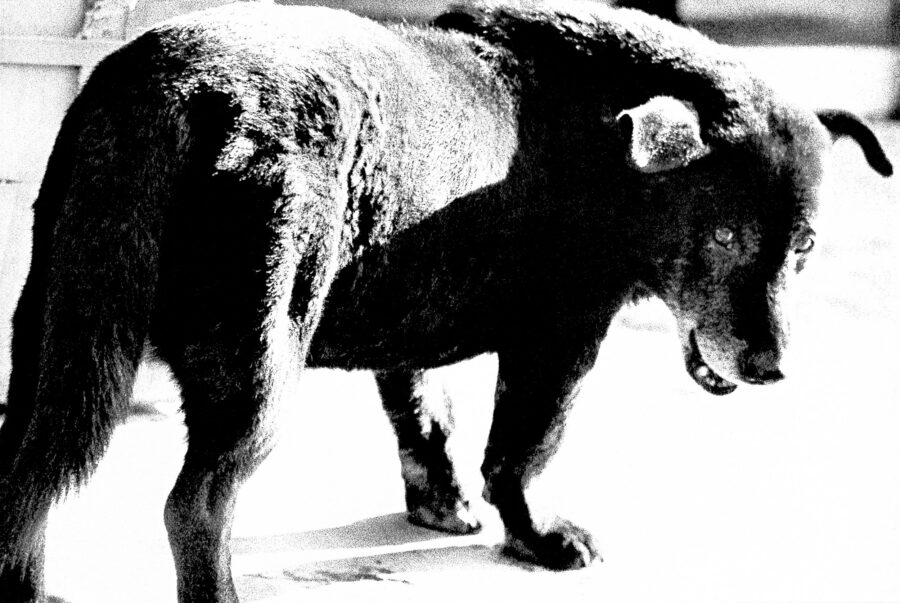

Curator Thyago Nogueira spent three years working with Moriyama on The Photographers’ Gallery retrospective
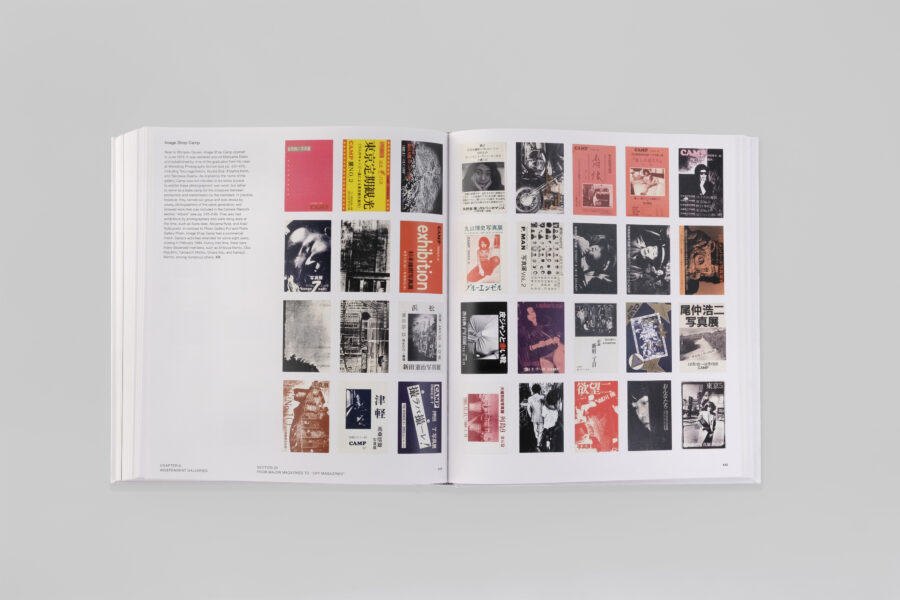
From late-19th century manuals to the “golden era” of the 1980s, this mammoth publication illustrates how photo magazines shaped the development of the medium in Japan
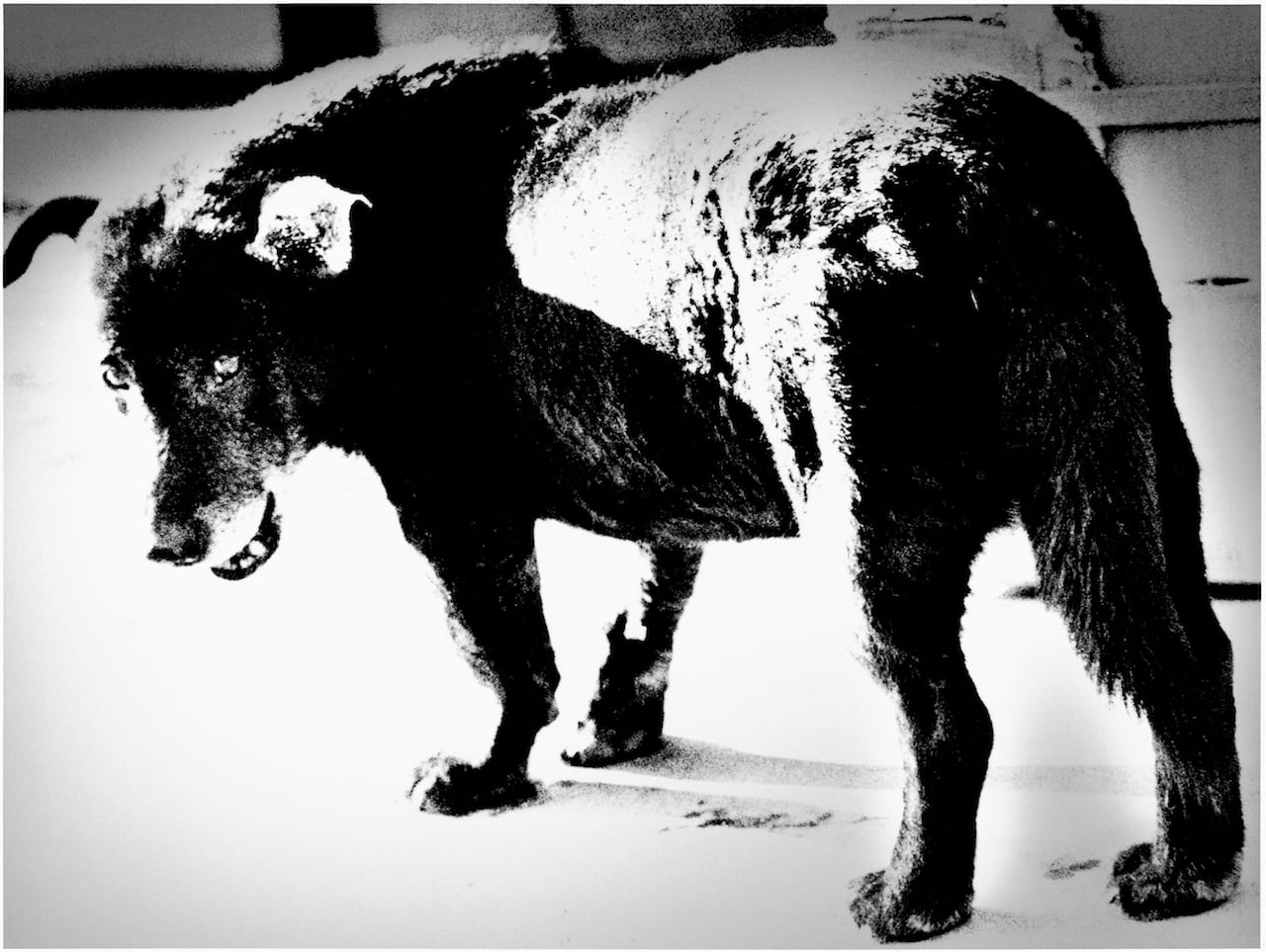
Japanese photographer Daido Moriyama has won the 2019 Hasselblad Foundation International Award in Photography, which…
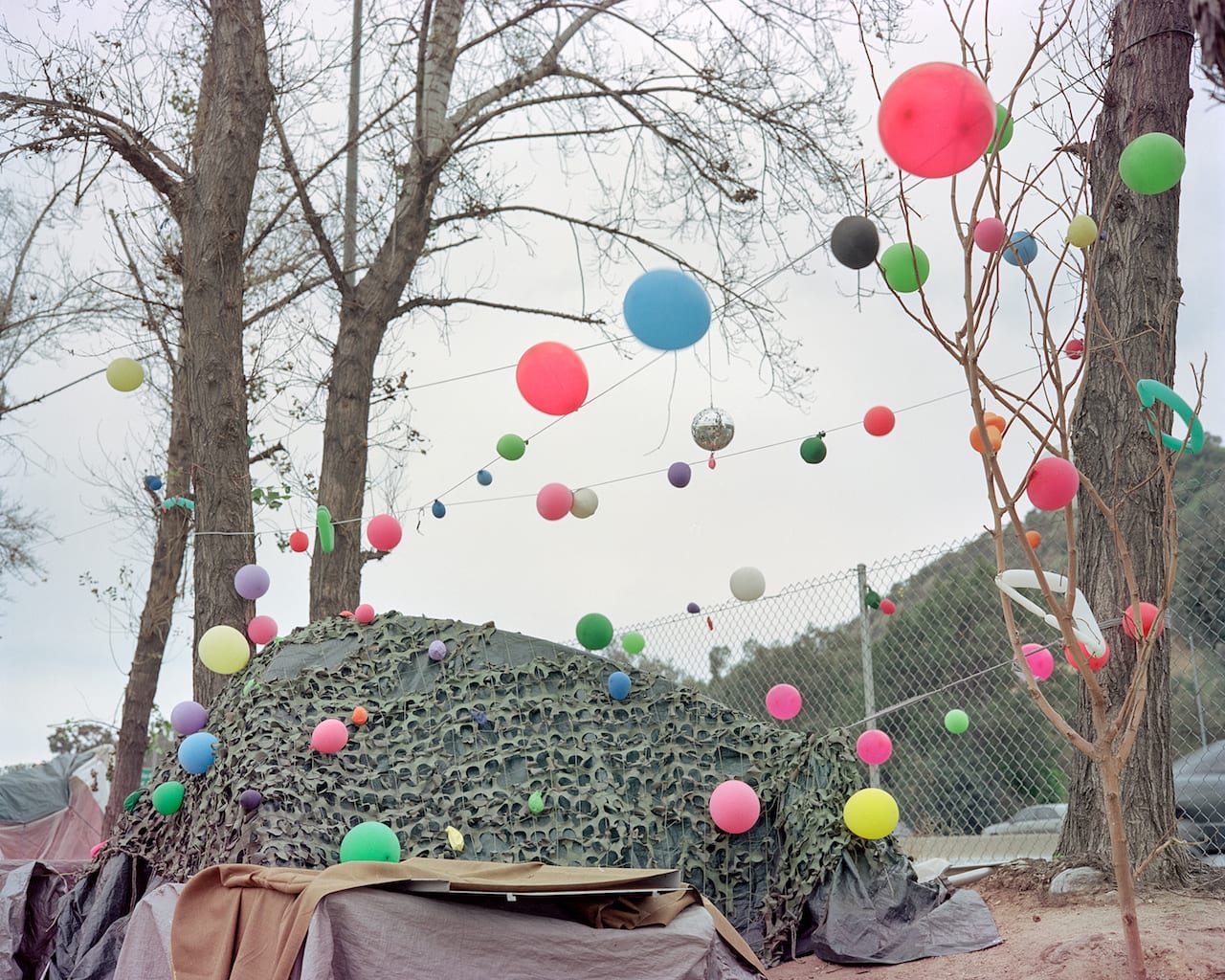
Publications we loved, and the big news stories from the last month in photobooks – featuring work by Peng Ke, Tom Wood, Paul Reas, Vivian Maier and the post-war PROVOKE group

“How to fill the gap between politics and art? This is both an old and a new problem,” writes Takuma Nakahira, in the afterword to PROVOKE no.1, published 50 years ago this month. Led by some of Japan’s best-known photographers and art critics – including Takuma Nakahira, Koji Taki, and iconoclast Daido Moriyama, who joined from the second issue – the magazine stemmed from the anger and discontent that they felt towards the post-war world. Though it survived only three issues, and was criticised at the time, it is now widely recognised as a ground-breaking publication in the history of contemporary Japanese photography.
The magazines were printed in 1968 and 1969, both turbulent years for politics which featured the May 1968 riots in Paris; the assassination of Martin Luther King Jr and the anti-Vietnam protests in the US; the end of the Prague Spring. In Japan, 1968 was the year that a string of violent student uprisings forced many of the top universities to close.
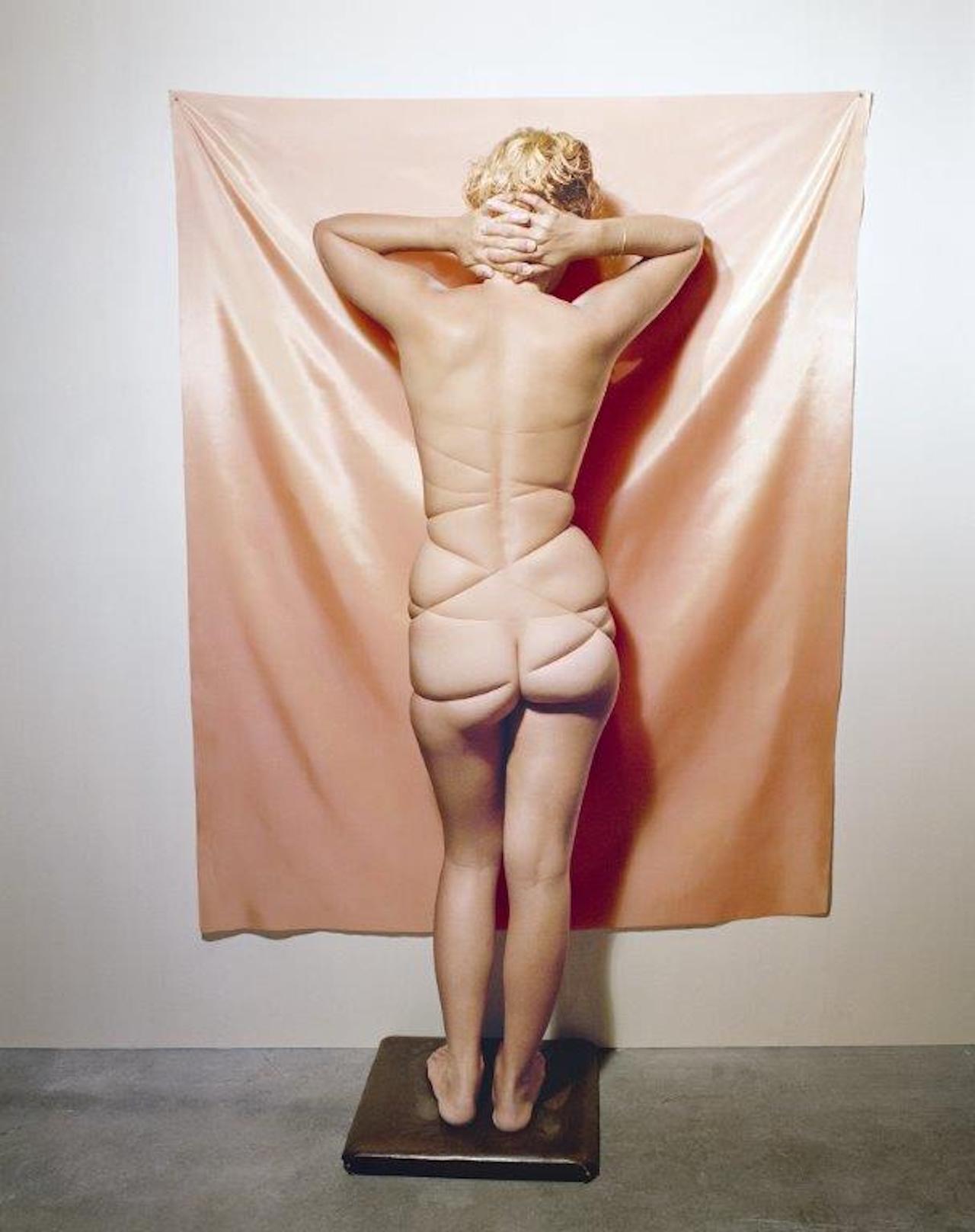
The biggest photo fair in Europe, Paris Photo returns from 08-11 November, with a new section on erotic images, and a walk-through focusing on female photographers.
Curated by Martha Kirszenbaum, curator of the French Pavilion at the 2019 Venice Biennale, the Curiosa sector will bring together intimate images by 13 artists such as Nobuyoshi Araki, JoAnn Callis, and Antoine d’Agata. Kirszenbaum hope to challenge the viewer’s gaze on the fetishised body, and tackle “relations of power, domination, and gender issues”. “There are images not everyone would like to see, which I think is good,” Kirszenbaum told BJP in an article published in our November issue.
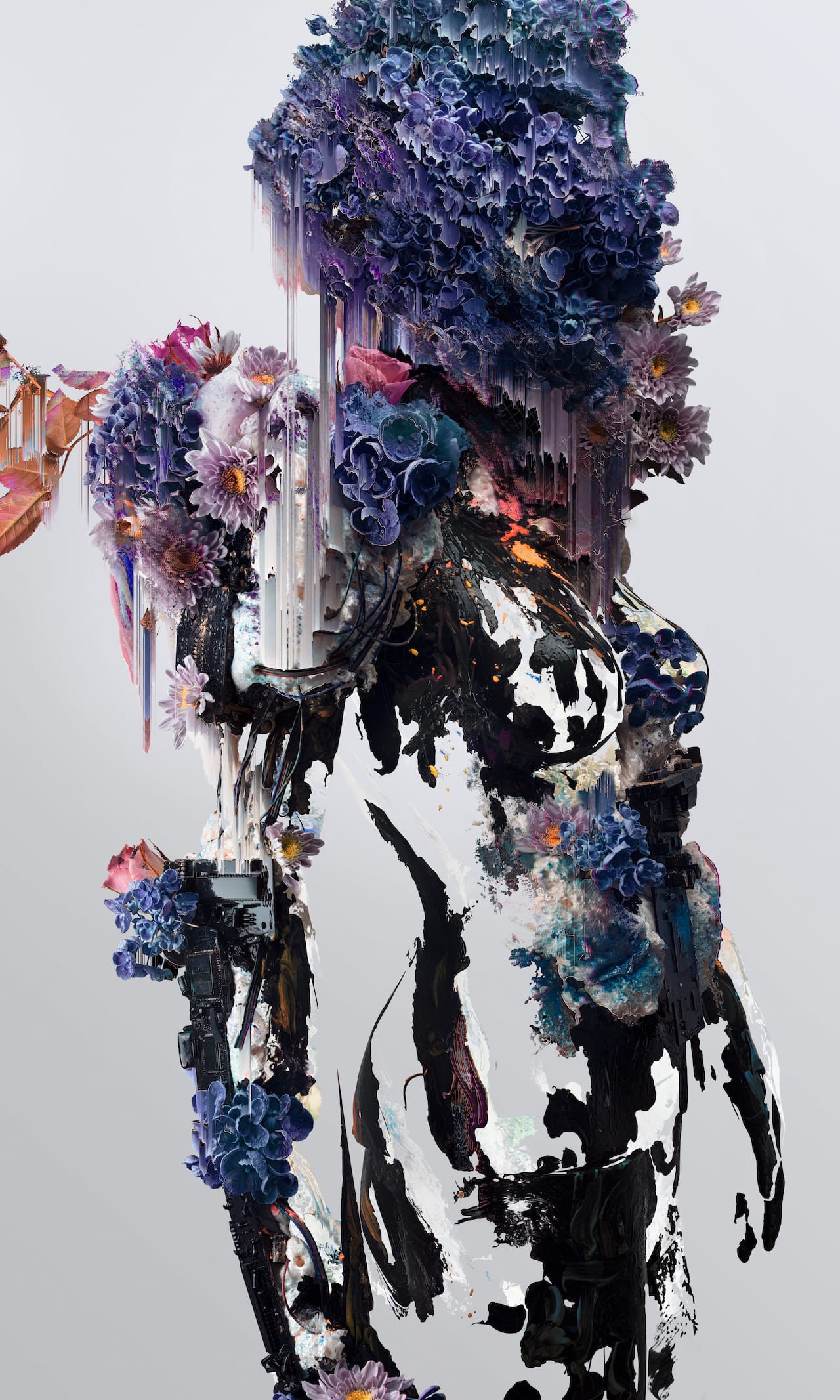
Seven European festivals make the best of their locations and the late-summer timing to show off al fresco programmes this September – Visa Pour l’Image, Getxophoto, BredaPhoto, Festival Images Vevey, Landskrona Foto Festival, Guernsey Photo Festival, and Brighton Photo Biennial
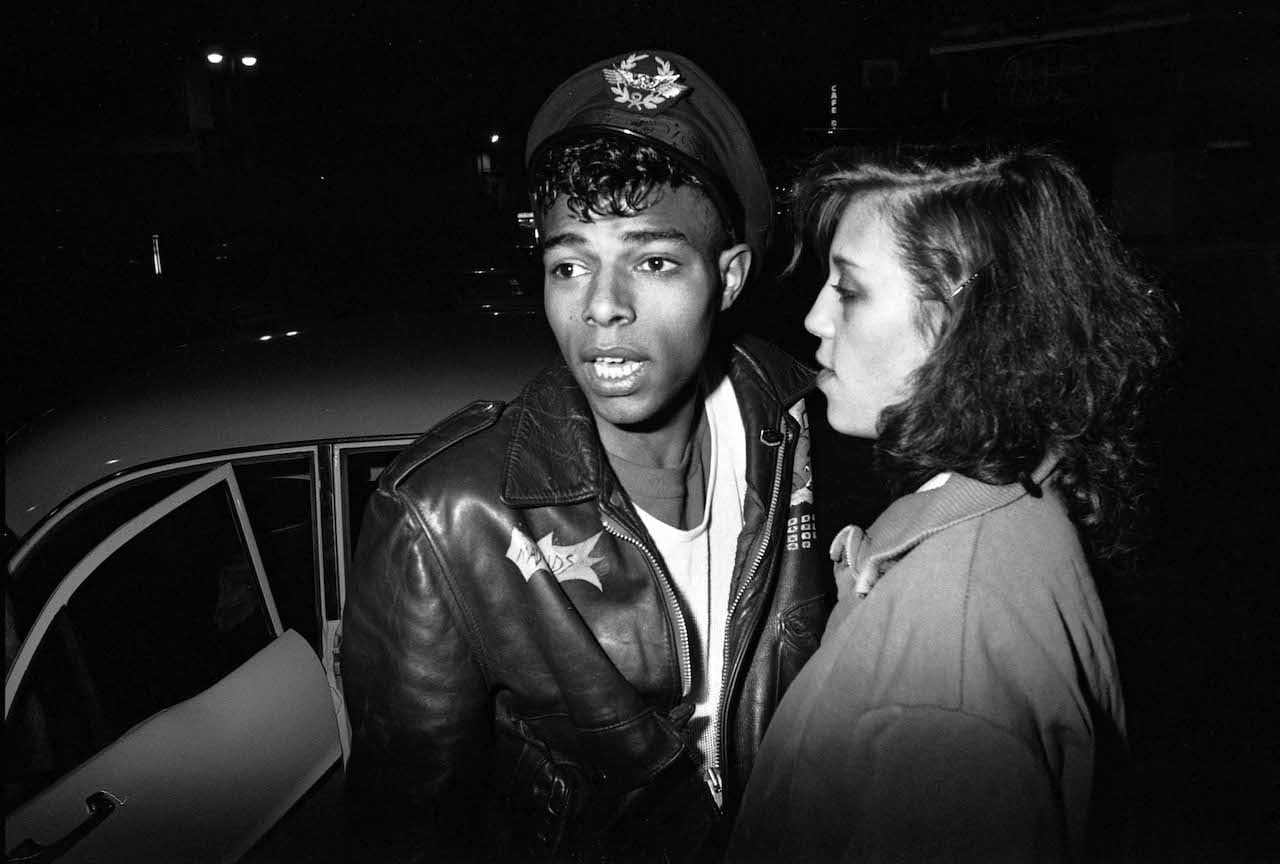
“They’re all driven by motivations that are both personal and political to a degree, and they are all self-initiated projects,” says curator Alona Pardo of the photographers in the show Another Kind of Life: Photography on the Margins. “Some may have started as commissions, but very early on took on a life of their own. It was interesting to think about the role of the photographer, because often the photographer hides behind the camera as a facade. There is also an interesting subtext of the photographer occupying the position of an outsider within mainstream society. They are there, assertively documenting the world.”
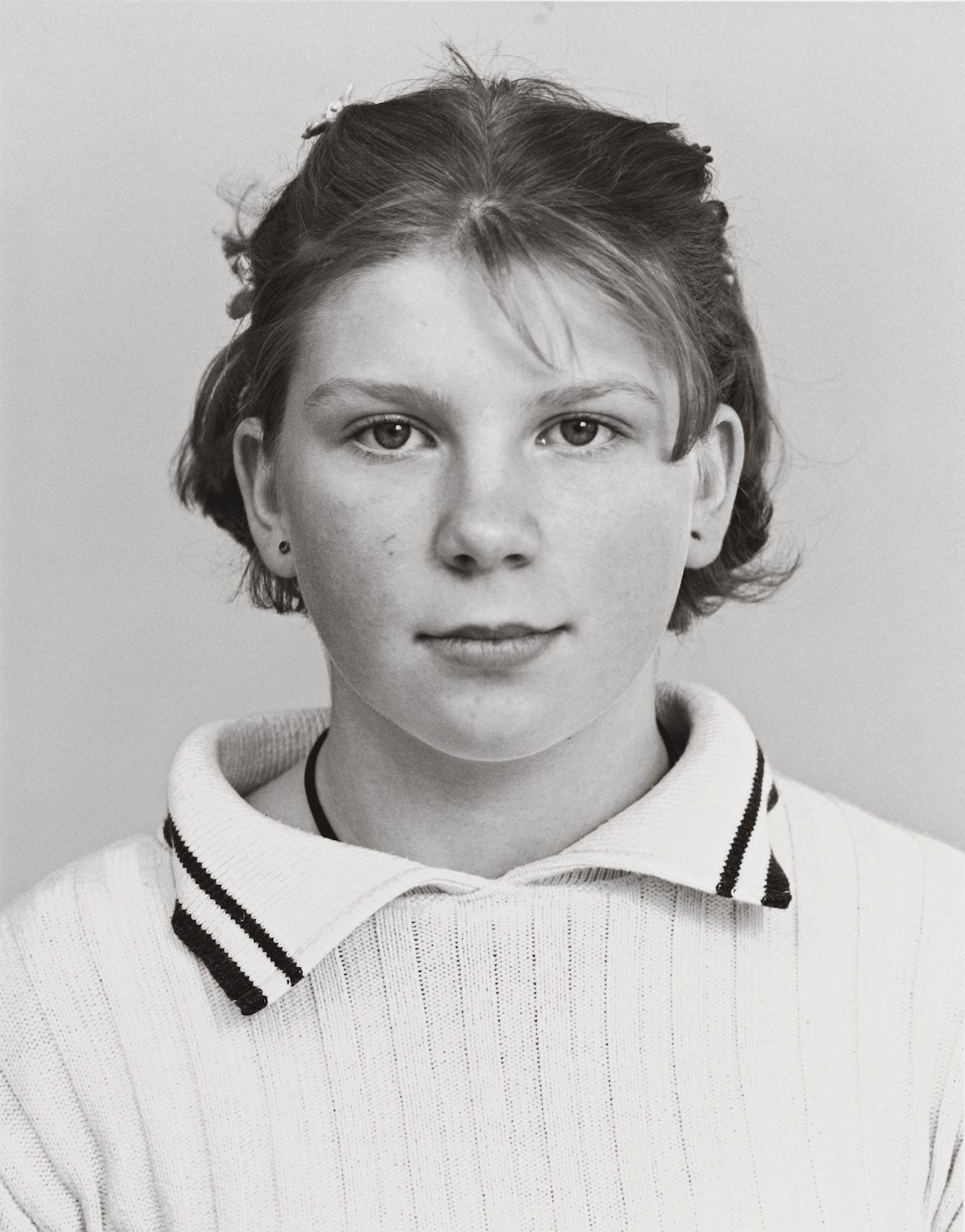
In terms of history and photography, 1938 was a significant year. With Germany’s annexation of Austria, the Munich Agreement, the November Pogrom and the Évian Conference, which addressed the international response to the refugee crisis, it was a decisive point in time, with repercussions that would shape generations to come. It was also the year that six iconic photographers, who would document this shifting world, were born. This spring, the occasion will be honoured with a special celebration at the Sprengel Museum Hannover, titled 1938. Birthday Party with Guests. Initiated to commemorate the 80th anniversary of German photographer Heinrich Riebesehl, whose archive is housed at the museum, the exhibition evolved into a wider historical survey that sketches an international perspective on the second half of the 20th century. Joining Riebesehl are Johan van der Keuken, Josef Koudelka, Boris Mikhailov, Daido Moriyama and Helga Paris. For curator Inka Schube, this wave of artists born in 1938 represents a very particular generation: those who experienced the Second World War as children, too young to remember much more than playing in its rubble but growing up in the world it created.